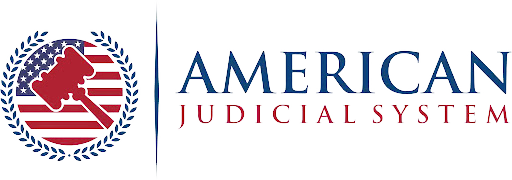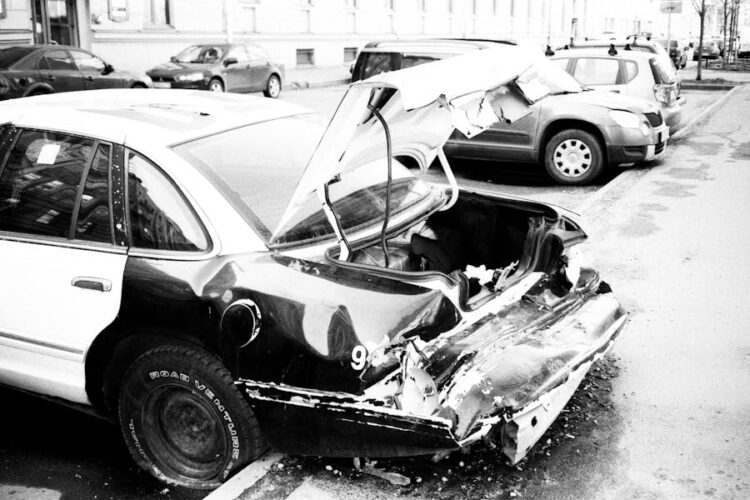An accident won’t arrive with a bell on its neck; it often comes suddenly and full of consequences. Those unlucky enough to have been involved in an accident know that it’s not an easy feat.
Things can even get worse if the accident involves a motorcycle. The aftermath is usually devastating because motorcycle riders are not as protected as vehicle drivers.
In any case, knowing how to handle the situation can make all the difference, whether it’s a minor fender-bender or a more severe collision.
And, if involved in a car wreck, you’ll need legal representation. If you find yourself needing legal assistance, Lake Charles Motorcycle Accident Lawyer – The Johnson Firm is here to provide expert support and representation.
Items to Always Carry in Your Vehicle/ Motorcycle
Always having the right items in your vehicle ensures you’re equipped to handle emergencies efficiently. They include;
- Proof of insurance – Carrying proof of insurance is a legal requirement. It typically includes information about your insurance provider, policy number, and coverage details.
- Driver’s license—Your driver’s license serves as official identification and confirms that you are legally permitted to operate a vehicle or motorcycle. It is legally required that you have it with you while driving.
- Vehicle registration – In case of an accident or traffic stop, law enforcement officers may request to see your vehicle registration along with your driver’s license. Therefore, it’s always important to have it.
- First Aid kit—A well-stocked kit in your vehicle or motorcycle can be a lifesaver in case of minor injuries or accidents. The kit can provide immediate first aid until medical professionals arrive.
- Emergency contact – Accidents can sometimes leave individuals incapacitated and unable to communicate. In such cases, emergency contact information could come in handy. Include the contact’s name, relationship, and phone number.
- Medical card information—Accidents are unpredictable, and in some cases, the victims may need an on-site blood transfusion.
Medical information can help authorities to know your blood type, what drugs you are allergic to, and other important medical information.
Steps to Take at the Scene
It might seem easy to navigate, but wait until you’re on the road during an accident. The horns honking, screams, tension, and adrenaline rush will be part of you. And at this point, many people freeze and don’t know what to do. There are various ways to handle an accident after it has happened, and it often depends on its severity. But in general, after an accident, you can do the following;
- Be safe – The first step is to check for any immediate danger and move to a safe location if necessary. Remember, it’s on the road, and other vehicles are still passing; get your vehicle off the road if possible to prevent other accidents. If the accident is severe and you can’t move the vehicle, switch off the engine, lock the doors, and stay safe from the wreckage. Turn on hazard lights to alert other drivers.
- Check for injuries – Conduct a physical examination. Even if there are no visible injuries, it is always advisable to seek medical help. Some injuries, such as whiplash or internal bleeding, may take time to manifest. Seeking medical help immediately can prevent any long-term complications.
- Call emergency services—If you have any injuries, severe ones, call an ambulance immediately. Emergency responders are trained to handle such situations and can provide necessary care on the spot. Quick medical intervention can save a life.
- Call the police – Dial 911 to report the accident to the relevant police. When they visit the scene, they’ll come up with a report. A police report can be invaluable when filing insurance claims, as it provides an official account of the incident. The officers will document the scene and gather information that might be critical for future reference.
- Document the accident – Gather as much evidence as possible. Take videos and photos of the scene. Capture the vehicle positions, damage, and any relevant road conditions or signs. If there are witnesses, get their accounts and contact information.
- Exchange information – Share essential information with the other driver(s) involved. This includes names, driver’s license numbers, addresses, phone numbers, license plate numbers, and insurance details.
Also, collect witness contact information. This information will be necessary when filing an insurance claim or if further legal action is required.
What to Do After Leaving the Scene
Once you’ve left the accident scene, you still need to follow up on a few things. These include;
- Report the accident to your insurance – The first step is to report the incident to your insurer. It allows your insurance provider to start processing your claim and determine the coverage you are entitled to. Provide all details and any documentation, such as police reports or witness statements, that can support your claim.
- Keep a record of all medical treatment and expenses – Keep organized records of all medical visits, treatments, and expenses. This ensures that you’ll be refunded fairly where eligible.
- Get a property damage evaluation – The evaluation will determine the extent of damage to your vehicle or any other property involved in the accident. It is advisable to get your estimates from reliable repair shops or professionals to ensure that you have an accurate assessment of the damages.
- Get a lawyer – A lawyer specializing in personal injury cases can provide valuable guidance and protect your rights throughout the claims process. They can help you negotiate on your behalf and ensure you receive fair compensation for your injuries and damages.
Conclusion
If you have read up to this point, you know what to do after a motor vehicle accident. Motor vehicle accidents can be traumatic. However, knowing what steps to take afterward can help reduce stress and confusion.
The steps outlined in this article provide a comprehensive guide to handling the situation effectively and ensuring the safety of all parties involved.
By following these guidelines, you can confidently navigate the aftermath of a motor vehicle accident.










